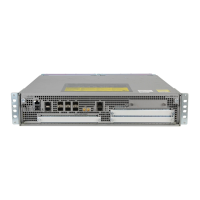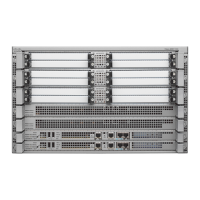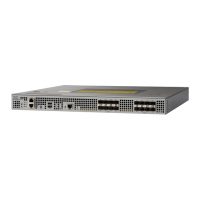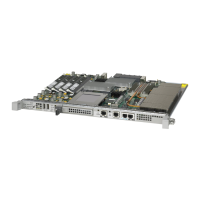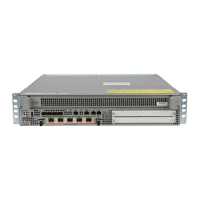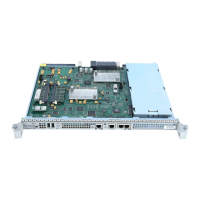20-8
Cisco ASR 1000 Series Aggregation Services Routers SIP and SPA Software Configuration Guide
OL-14127-08
Chapter 20 Troubleshooting the Serial SPAs
Performing Basic Interface Troubleshooting
Serial Lines: Increasing Input Drops on Serial Link
Input drops appear in the output of the show interfaces serial EXEC command when too many packets
from that interface are still being processed in the system.
Symptom: Increasing number of input drops on serial link
Table 20-3 outlines the possible problem that might cause this symptom and describes solutions to that
problem.
Ta b l e 20-2 Serial Lines: Increasing Output Drops on Serial Link
Possible Problem Solution
Input rate to serial
interface exceeds
bandwidth available on
serial link
1. Minimize periodic broadcast traffic, such as routing and Service
Advertising Protocol (SAP) updates, by using access lists or by other
means. For example, to increase the delay between SAP updates, use
the ipx sap-interval interface configuration command.
2. Increase the output hold queue size in small increments (for instance,
25 percent), using the hold-queue out interface configuration
command.
3. Implement priority queuing on slower serial links by configuring
priority lists. For information on configuring priority lists, see the
Cisco IOS configuration guides and command references for your
Cisco IOS software release.
Note Output drops are acceptable under certain conditions. For
instance, if a link is known to be overused (with no way to remedy
the situation), it is often considered more preferable to drop
packets than to hold them. This is true for protocols that support
flow control and can retransmit data (such as TCP/IP and Novell
Internetwork Packet Exchange [IPX]). However, some protocols,
such as DECnet and local-area transport, are sensitive to dropped
packets and accommodate retransmission poorly, if at all.
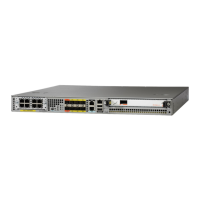
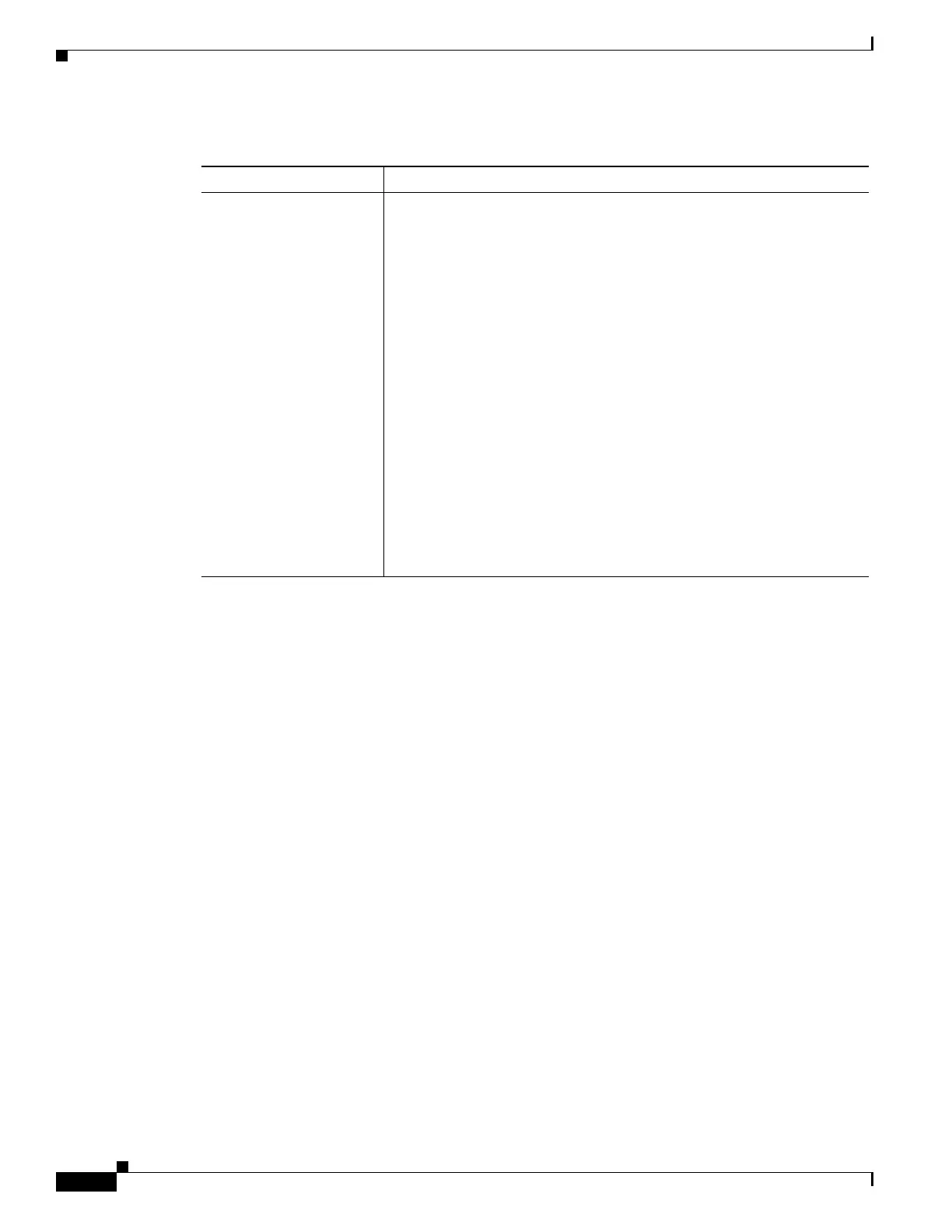